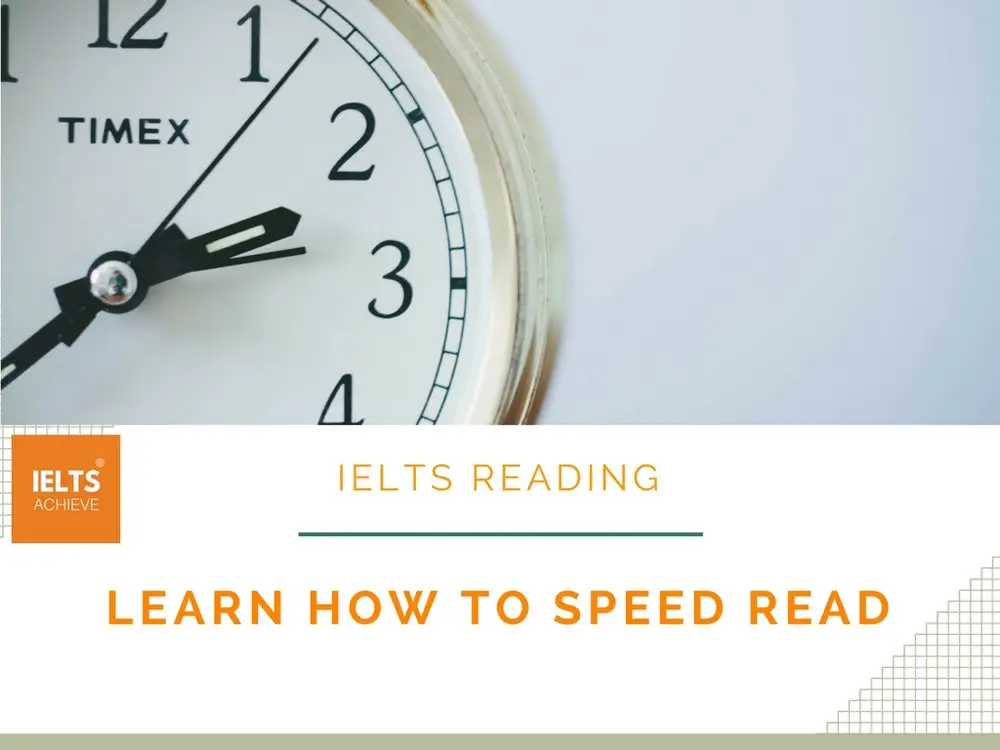


These various empirical findings suggest that the way in which reading speed and comprehension are related can be influenced by multiple factors, including age, motivation, level of reading expertise, and other factors such as instructed reading strategies.Īt present, little is known about how patterns of eye movements may be associated with potential relationships between reading speed and comprehension. This improvement was explained in terms of increased motivation and effort resulting from the constraints on reading time (see also ). found that encouraging people to read slightly faster than their normal speed by imposing mild time pressure improved sentence comprehension. A number of studies have shown that reading more quickly improves comprehension. However, evidence for the relationship between reading speed and comprehension is not consistent. For example, the speed-accuracy trade-off is reported to occur while skimming text, during which participants somehow grasped gist-relevant information but not the details –. Such reduced comprehension accuracy with increased reading speed has commonly been referred to as the speed-accuracy trade-off –.

Poulton discovered that the amount of content retained, which was considered as the criterion for comprehension, increased significantly when the reading speed decreased from around 300 words per minute (wpm) to about 150 wpm. The relationship between reading speed and sentence comprehension has been under investigation for more than 50 years (for an overview, see ). The funders had no role in the study design, data collection and analysis, decision to publish, or preparation of the manuscript.Ĭompeting interests: The authors have declared that no competing interests exist. This is an open-access article distributed under the terms of the Creative Commons Attribution License, which permits unrestricted use, distribution, and reproduction in any medium, provided the original author and source are credited.įunding: This study was supported by the Research Fellowship of the Japan Society for the Promotion of Science (JSPS) for Young Scientists to Hiromitsu Miyata, the Grants-in-Aid for Scientific Research No.21118005 from JSPS to Kazuhiro Ueda, and by the Japan Ministry of Education, Culture, Sports, Science and Technology Global COE Program, D-09, to Keio University, Japan. Received: OctoAccepted: MaPublished: May 9, 2012Ĭopyright: © 2012 Miyata et al. PLoS ONE 7(5):Įditor: Kevin Paterson, University of Leicester, United Kingdom During test sessions this expert moved her eyes along a nearly straight horizontal line as a first pass, without moving her eyes over the whole sentence display as did the untrained students.Ĭitation: Miyata H, Minagawa-Kawai Y, Watanabe S, Sasaki T, Ueda K (2012) Reading Speed, Comprehension and Eye Movements While Reading Japanese Novels: Evidence from Untrained Readers and Cases of Speed-Reading Trainees. The expert showed higher reading speed and statistically comparable, although numerically lower, comprehension scores compared with the untrained participants. In Study 2, participants included a high-level expert and 14 untrained students. Furthermore, eye-tracking data by untrained participants revealed multiple correlations between reading speed, accuracy and eye-movement measures, with faster readers showing shorter fixation durations and larger saccades in X than slower readers. Results revealed higher reading speed and lower comprehension scores in the trainees than in the untrained participants. Eye movements while reading were recorded using an eye-tracking system. Immediately after reading each story once on a computer monitor, participants answered true or false questions regarding the content of the novel. In Study 1, three of 17 participants were middle-level trainees on the speed-reading method.


 0 kommentar(er)
0 kommentar(er)
